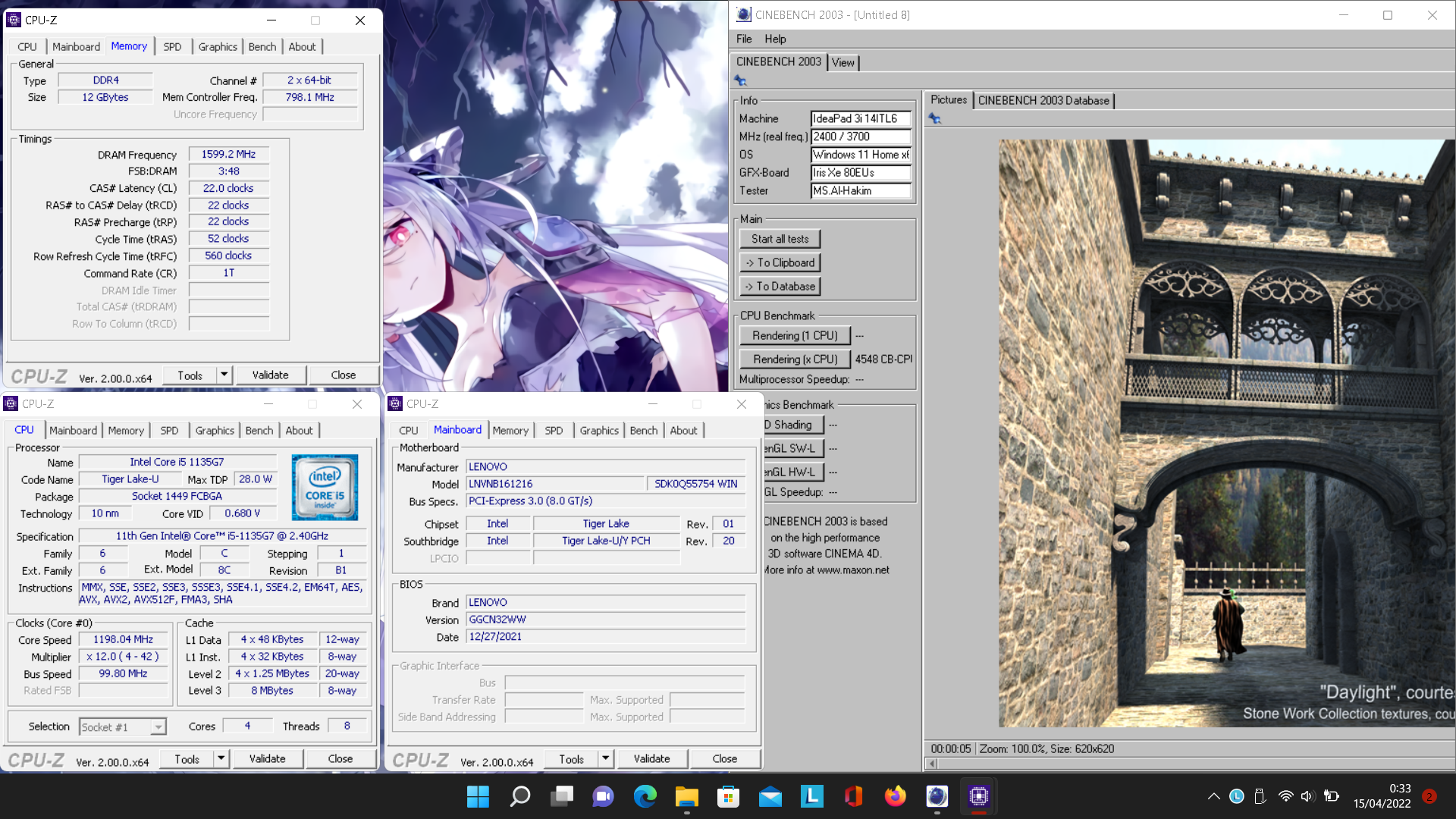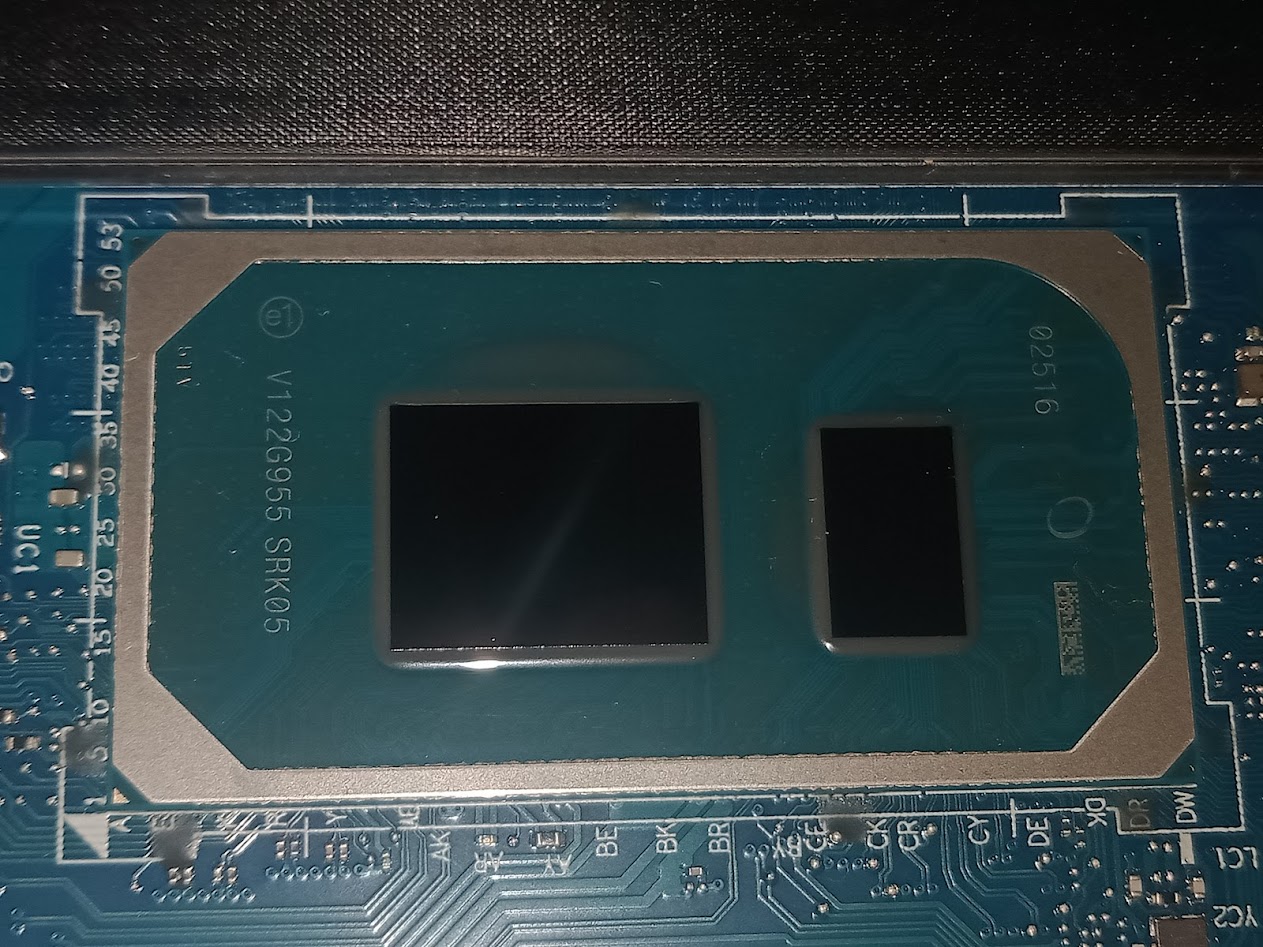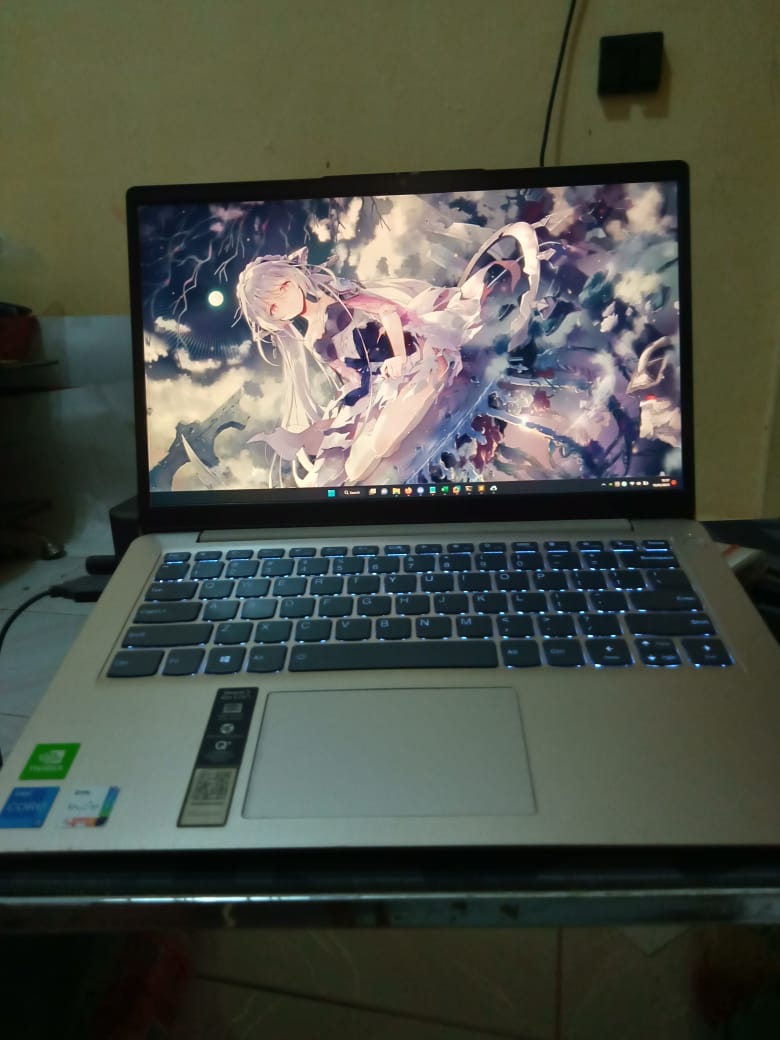Cinebench - 2003 score 4548 cb with a i5-1135G7
Thursday, 01 January 1970 07:00 | Update at null
Media Gallery
Screenshot

Device, Setup, etc



URL
https://hwbot.org/submission/4974593https://www.facebook.com/hakimnu.id/posts/3260938427472131
Information Detail
Hardware: Intel Core i5 1135G7
Specs:CPUID : 11th Gen Intel(R) Core(TM) i5-1135G7 @ 2.40GHz
Architecture : x86
Codename : Tiger Lake-U
L3 Cache : 8MB
Clock : 2.40GHz - 4.20GHz
Core/Thread : 4/8
TDP : 28W
Technology : 10nm
Socket : FCBGA1449
IGPU : Intel Iris Xe Graphics Mobile G7
See more specification...
Software: Cinebench - 2003
Score: 4548 cb
About: Cinebench - 2003Cinebench 2003 is one of the early versions of the Cinebench suite of benchmark tools based on CINEMA 4D Release 8 software, a professional 3D application from MAXON. Although it's relatively old, Cinebench 2003 is still used by some tech enthusiasts and overclockers as a historical performance reference and comparison of processor architectures over time. The application is available for free and is compatible with both Windows and Mac OS operating systems.
This benchmark tests system performance through several rendering and graphics processing scenarios. The main test in Cinebench 2003 involves rendering 3D scenes using the CPU, which can measure the efficiency and computing power of up to 16 processor cores in a single system. The results are measured in the form of a score-the higher the score, the faster the processor completes the render job. This is very useful for evaluating the multi-core capabilities of CPUs, especially on early generation processors that are starting to support multiple cores.
In addition to CPU testing, Cinebench 2003 also includes an OpenGL-based graphics test, where thousands of animated polygons are rendered in real-time to assess the GPU's ability to handle complex graphical displays. This test is important for users who want to understand how their system handles viewport-based graphics workloads, such as those often found in 3D design and modeling software.
Although it has been replaced by more modern Cinebench versions such as R15, R20, and R23, Cinebench 2003 still has historical and technical value. Many benchmark data collectors and retro hardware enthusiasts use this version to consistently test and compare the performance of older systems. With a long track record of use and transparent testing methods, Cinebench 2003 is still relevant as a reference tool to see the evolution of CPU and GPU performance over time.
The Intel Core i5-1135G7 is a quad-core mobile processor introduced in late 2020 as part of Intel’s 11th generation Tiger Lake lineup. Designed for thin and light laptops, this CPU delivers a strong balance of performance, power efficiency, and modern features, making it a popular choice for both casual users and professionals. Featuring 4 cores and 8 threads through Hyper-Threading Technology, it operates at a base clock of 2.4 GHz and can reach up to 4.2 GHz with Intel Turbo Boost, ensuring smooth multitasking and snappy responsiveness for day-to-day applications.
Built using Intel’s advanced 10nm SuperFin process, the i5-1135G7 offers improved efficiency and thermal performance over previous 14nm generations. With a configurable TDP ranging from 12W to 28W, OEMs can adjust the performance envelope depending on the device’s thermal design. The standout feature of this processor is its integrated Intel Iris Xe Graphics, equipped with 80 Execution Units and a dynamic frequency of up to 1.3 GHz. Compared to older Intel UHD Graphics, Iris Xe brings a massive leap in performance, capable of handling casual gaming, 4K video playback, and GPU-accelerated workloads like video rendering or image editing.
In benchmark tests such as Cinebench R23, the i5-1135G7 scores around 5661 points (multi-core) and 1334 points (single-core), showcasing excellent performance for a low-power chip. These scores reflect its capability to handle modern productivity software, web-based workflows, and even creative tools like Adobe Photoshop or Premiere Pro though for heavier workloads, a higher-end CPU may still be recommended.
Real-world performance testing was done on a Lenovo IdeaPad Slim 3i 14ITL6, a budget-to-midrange laptop equipped with 12GB DDR4 3200MHz dual-channel memory (8+4 configuration). This setup, combined with Windows 10 and Windows 11 22H2, allows the i5-1135G7 to fully utilize its integrated GPU and high-speed memory interface for a snappy and responsive user experience.
Whether you're a student, a professional, or a casual user looking for a capable, energy-efficient processor, the Intel Core i5-1135G7 stands out as one of the best value choices in the ultrabook category.
Hardware Detail:
Device: Lenovo IdeaPad Slim 3i 14ITL6
RAM: 12GB DDR4 3200MHz Dual Channel (8+4)
OS: Windows 10, Windows 11 22H2
* Not Avaiable
